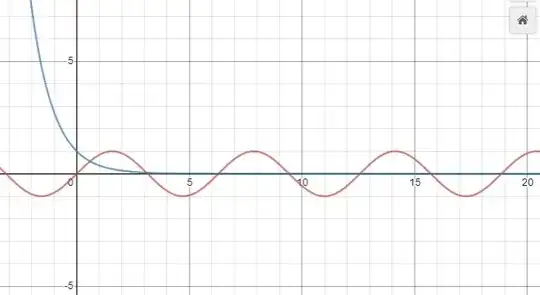Although there are already a few answers, all complex roots, except for $z=0.5885327\dots$ discussed here, have a simple explicit series expansion. For the real roots, substitute $w=e^{2iz}\iff z=\pi k-\frac i2\ln(w)$, apply Lagrange reversion, and use factorial power $n^{(m)}$: $$e^{-z}=\sin(z)\iff w=1+2ie^{(i-1)\pi k}w^\frac{1+i}2\implies z_k=\pi k-\frac i2\left(\ln(1)+\sum_{n=1}^\infty\frac{(2 ie^{(i-1)\pi k})^n}{n!}\left.\frac{d^{n-1}}{dw^{n-1}}\ln’(w)w^{\frac{1+i}2n}\right|_1\right)=\pi k+\sum_{n=1}^\infty \frac{(2i)^{n-1}(-e^{-\pi})^{ k n}}{n!}\left(\frac{1+i}2n-1\right)^{n-1}$$ There are two sets of complex roots which are conjugates of one another. To find them, substitute $u=e^{(1\pm i)z}\iff z=\frac{2\pi i k}{1\pm i}+\frac{\ln(w)}{1\pm i}$ and use Lagrange reversion: $$e^{-z}=\sin(z)\iff w=\pm2i+e^{2\pi k}w^{\pm i}\implies z_k=\frac{2\pi ik}{1\pm i}+\frac1{1\pm i}\left(\ln(\pm 2i)+\sum_{n=1}^\infty \frac{e^{2\pi kn}}{n!}\left.\frac{d^{n-1}}{dw^{n-1}}\ln’(w)w^{\mp in}\right|_{\pm2i}\right)=\frac{1\pm i}4((4k\mp1)\pi i+2\ln(2))+(1\pm i)\sum_{n=1}^\infty \frac{(\mp 2i)^{(-1\pm i)n}e^{2\pi k n}}{2n!}(\pm in-1)^{(n-1)}$$
For the real roots, $k\in\Bbb N$ and $\pm k\in\Bbb N$, for the complex roots, depends on whether all top/bottom signs are taken. The location of the $-z$ roots is described here. Therefore:
$$\bbox[3px,border: darkturquoise 3px solid]{e^{-z}=\sin(z)\implies z_k= \pi k+\sum_{n=1}^\infty \frac{(2i)^{n-1}(-e^{-\pi})^{ k n}}{n!}\left(\frac{1+i}2n-1\right)^{n-1},z_{\pm k}= \pm\frac{1\pm i}4((4k-1)\pi i+2\ln(2))+(1\pm i)\sum_{n=1}^\infty \frac{(\mp 2i)^{(-1\pm i)n}e^{\mp2\pi k n}}{2n!}(\pm in-1)^{(n-1)};k\in\Bbb N}$$
The real roots are shown here, rounded matching @Claude Leibovici’s, and the complex roots are shown here. If $n=0$, the series diverges so the Fox Wright function cannot easily be used. Also, if all of its parameters were extended to complex numbers and the $n=0$ problem were gone, then Fox Wright would give a closed form. Also, unless all parameters were extended into being complex, this function does give a closed form as well. It is of interest to find a similar expansion for $z_0= 0.5885327\dots$


